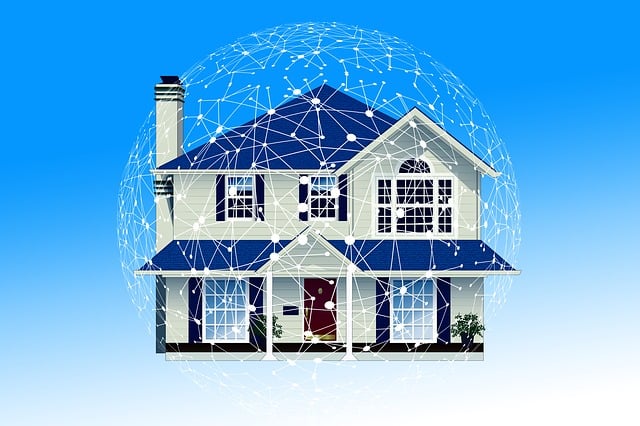
As smart home devices become more common, it’s easy to see why homeowners are embracing them. Voice-activated lights, smart thermostats, video doorbells, and connected appliances promise convenience, efficiency, and even a touch of luxury. But with all the benefits comes a layer that many overlook: the potential security risks lurking behind the tech.
When a home’s infrastructure becomes “smarter,” it also becomes more complex. Each smart device represents a possible entry point—not just for convenience, but for unauthorized access if not properly secured. Most homeowners assume that a brand-name device is secure out of the box, but that’s not always the case.
One common issue is weak or default passwords. Many smart devices come preconfigured with factory settings, and if these aren’t changed during setup, they can be easily exploited. Hackers often know these defaults and use automated tools to scan for vulnerable systems.
Another concern is outdated firmware. Just like your smartphone or computer, smart home devices need updates to patch vulnerabilities. However, not all manufacturers consistently issue updates, and many homeowners don’t realize they need to install them manually. That gap creates a window of opportunity for cybercriminals.
Wireless networks themselves can also be a weak link. If your home Wi-Fi isn’t secured with a strong password and modern encryption (like WPA3), smart devices connected to it may be exposed. And once one device is compromised, others on the same network can also be at risk.
Privacy is another factor worth considering. Devices like smart speakers, cameras, and doorbells collect audio and video data—often stored in the cloud. If that data is not encrypted or the service provider has weak security practices, your personal life could become more visible than you’d ever intend.
So, what can homeowners do? A few practical steps go a long way:
- Change default passwords immediately.
- Enable two-factor authentication where available.
- Keep device software and firmware updated.
- Use a guest network for smart devices that is separate from your main devices.
- Select a reputable brand that has a strong security track record.
Smart homes offer a lot, but the key is not to sacrifice security for convenience. With a little awareness and regular maintenance, you can enjoy the benefits of smart technology without opening the door to unwanted risks.
Remember, just like any other part of a home, the digital components need to be inspected, maintained, and updated. The more connected your home is, the more intentional you have to be about keeping it safe.

Recent Comments